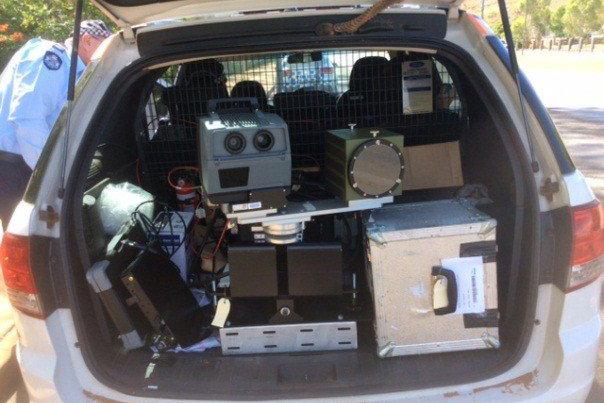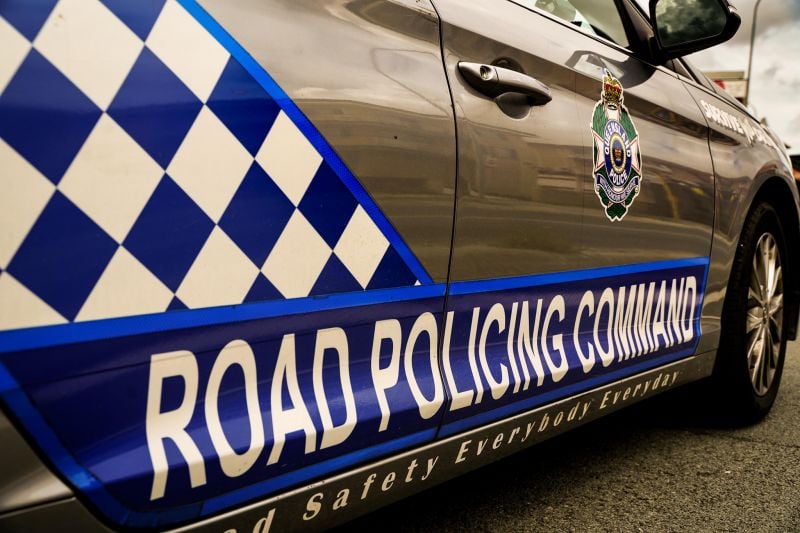Dozens of Queensland residents claim the small country town they live in is getting bankrupted by a single speed camera.
The Guardian reports residents of Malanda, roughly 115 kilometres south-west of Cairns, have received a litany of speeding fines in recent months from a portable speed camera.
State MP Shane Knuth started recording the number of offences handed to Malanda locals and over a two-week period in September, the town reportedly racked up 589 fines.
According to The Guardian, the town only has 811 households.
This reportedly amounts to a whopping $282,267 in fines being issued.
As a result, The Guardian says many residents are planning to contest their fines, and are questioning the accuracy of the temporary speed camera, citing allegedly incorrectly recorded speeds, as well as the placement of the camera.
The Queensland Police Service (QPS) manual offers guidance to officers on where they should be monitoring speed and The Guardian reports the camera was set up close to, but not in violation of the limits established by the manual.
The camera was reportedly stationed on a bend on Malanda-Atherton Road on a 60km/h stretch of downhill road, 350 metres away from a change in speed to 80km/h.
The manual advises that speed detection devices should not be set up on a downgrade of a hill, within 300 metres of a speed limit decrease, within 100 metres of a speed limit increase and where the length of a speed zone is less than a kilometre long.
Exceptions may be made if there’s a school zone, or if there have been accidents or reports of speeding. Mr Knuth says there haven’t been reports of the latter on this stretch of road.
In response, a spokesperson for the Department of Transport and Main Roads (TMR) reportedly said the manual “has no legislative requirement to be followed, however, TMR has adopted consistent practices with QPS”.
One resident criticised the use of a mobile speed camera instead of an actual police officer who could pull over offenders.
“It’s not a safety thing when you’re receiving [the fine] a month later. You should be receiving it within 12 hours, so you can correct your action,” said Cirsty Bonadio to The Guardian.
She claimed her company’s fleet of vehicles had barely received a ticket in decades, only to get five all at once in October.
TMR said the use of cameras is to “free-up police officers for other duties, [which] is a benefit to everyone” and that the delay in sending fines, which by law must be posted to the driver, is “because each infringement is manually reviewed for accuracy”.
It confirmed a transportable speed camera was used in town between 7-21 September.
Local solicitor Brad Bragg – whose wife also received fines from the camera – suggested to The Guardian a class action could be on the cards if TMR could not produce the appropriate test documents to certify the camera.
He reportedly received a calibration certificate from the state government via Mr Knuth’s office, confirming the camera was certified in an accredited testing laboratory on April 11.
However, the speed detection manual reportedly requires a device to be “field tested” with records of the “date, time, location and applicable results of field testing of the particular device”.
Mr Bragg argues no such field test calibration certificate exists, and this therefore opens up the opportunity of a class action.
“Several validations and checks are undertaken prior to infringements being issued from TRSCs (transportable road safety cameras),” a TMR spokesperson told The Guardian.
“These include independent testing and calibration of the speed camera annually as required by legislation, secondary validation of the speed camera’s accuracy at each deployment, calculated verification of the offences and manual adjudication of the offences prior to an infringement being issued.
“Each TRSC is set up on site, following approved site layouts and instructions that meet legislative requirements and manufacturer specifications to ensure consistency and reliability.”



